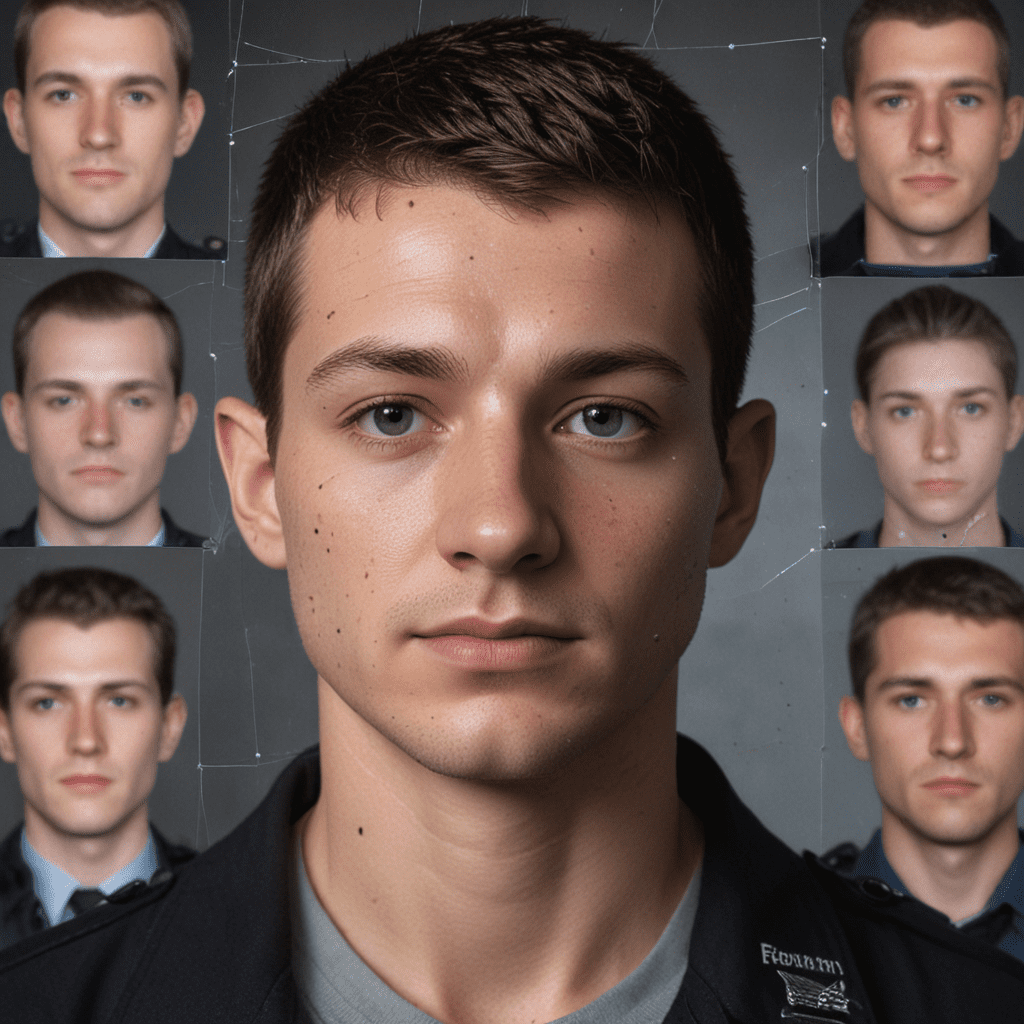
1. Introduction
Facial recognition technology has revolutionized the field of law enforcement by providing powerful tools for criminal identification. Its ability to analyze and match facial features with unprecedented accuracy has transformed the way law enforcement agencies investigate crimes and track down suspects. As a result, facial recognition has become an essential component of modern policing, significantly enhancing public safety and preventing crime.
2. History and Evolution of Facial Recognition Technology
The concept of facial recognition has been around for centuries, dating back to early attempts at facial mapping and identification during the 19th century. However, it was not until the advent of digital photography and computer vision techniques in the late 20th century that automated facial recognition systems became viable. Over the past few decades, significant advancements in both hardware and software have dramatically improved the accuracy and efficiency of these systems.
3. Facial Recognition Techniques: 2D vs. 3D vs. 4D
Facial recognition systems operate using a variety of techniques to extract and analyze facial features. Two-dimensional (2D) facial recognition systems use images captured from a single point of view. While 2D systems are still commonly used, three-dimensional (3D) facial recognition systems offer increased accuracy by capturing depth information. Four-dimensional (4D) facial recognition systems incorporate time as a factor, analyzing changes in facial expressions and movements for even greater reliability.
4. Accuracy and Reliability of Facial Recognition Systems
The accuracy and reliability of facial recognition systems have been extensively studied and continue to improve. Factors such as image quality, lighting conditions, and facial variations can affect the performance of these systems. Recent advancements in deep learning and artificial intelligence have significantly enhanced the accuracy of facial recognition algorithms, even in challenging conditions.
5. Use of Facial Recognition in Criminal Investigations
Facial recognition technology has become an invaluable tool for law enforcement agencies in a wide range of criminal investigations. By matching facial images to databases of known criminals, law enforcement officers can quickly identify suspects and link them to past crimes. Advanced facial recognition systems can also detect obscured faces or perform cross-age matching, further aiding in the identification of elusive suspects.
6. Identifying Unidentified Bodies and Suspects
Facial recognition technology plays a crucial role in identifying unidentified bodies and suspects. In cases where traditional identification methods fail, facial recognition can help law enforcement match facial images to missing persons databases, assisting in the closure of unsolved cases. It also aids in identifying fugitives or criminals who may have altered their appearance to evade detection.
7. Searching Large Databases and Tracking Suspects
Facial recognition systems allow law enforcement agencies to search large databases of facial images quickly and efficiently. This capability is particularly valuable in investigations involving multiple suspects or missing persons. By leveraging facial recognition algorithms, law enforcement officers can track suspects across jurisdictions and identify potential connections between seemingly unrelated crimes.
8. Preventing Crime and Enhancing Public Safety
Facial recognition technology serves as a powerful crime prevention tool. It can be deployed in public spaces, such as airports, stadiums, and shopping malls, to identify known criminals and prevent potential threats. By integrating facial recognition systems with surveillance cameras, law enforcement agencies can monitor individuals and alert officers to suspicious activities.
9. Ethical and Legal Implications of Facial Recognition
The widespread use of facial recognition technology raises significant ethical and legal concerns. Privacy advocates express concerns about the potential for government overreach and the misuse of facial recognition data. Ethical guidelines and legal frameworks are being developed to address these issues, ensuring responsible and transparent use of this powerful technology.
10. Future Trends and Advancements in Facial Recognition
The field of facial recognition is constantly evolving, with new advancements emerging on the horizon. Machine learning algorithms continue to improve, increasing the accuracy and reliability of facial recognition systems. The integration of facial recognition with other technologies, such as biometric sensors and artificial intelligence, promises to further enhance law enforcement capabilities.
FAQ
Q: How accurate are facial recognition systems?
A: The accuracy of facial recognition systems varies depending on factors such as image quality and facial variations. Recent advancements in deep learning have significantly improved accuracy, even in challenging conditions.
Q: Can facial recognition systems be fooled?
A: While facial recognition systems are highly accurate, they are not foolproof. Advanced techniques, such as wearing facial masks or using makeup, can potentially deceive the systems.
Q: What are the ethical concerns surrounding facial recognition technology?
A: Ethical concerns include privacy violations, government overreach, and potential bias in facial recognition algorithms. Ethical guidelines and legal frameworks are being developed to address these concerns.
Q: What is the future of facial recognition technology?
A: The future of facial recognition holds advancements in accuracy, integration with other technologies, and potential applications in various industries beyond law enforcement.

